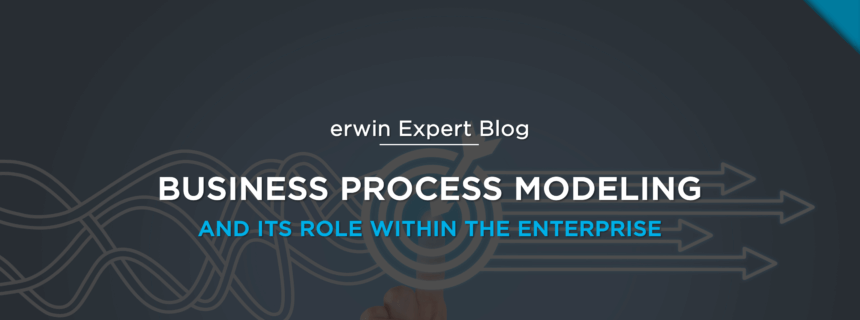Business Process Modeling and Its Role Within the Enterprise

To achieve its objectives, an organization must have a complete understanding of its processes. Therefore, business process design and analysis are key to defining how a business operates and ensures employees understand and are accountable for carrying out their responsibilities.
Understanding system interactions, business processes and organizational hierarchies creates alignment, with everyone pulling in the same direction, and supports informed decision-making for optimal results and continuous improvement.
Those organizations operating in industries in which quality, health, safety and environmental issues are constant concerns must be even more in tune with their complexities. After all, revenue and risk are inextricably linked.
What Is Business Process Modeling and Why Does It Matter?
A business process is “an activity or set of activities that will accomplish a specific organizational goal,” as defined by TechTarget. Business process modeling “links business strategy to IT systems development to ensure business value,” according to Gartner.
The research firm goes on to explain that it “combines process/workflow, functional, organizational and data/resource views with underlying metrics, such as costs, cycle times and responsibilities, you establish a foundation for analyzing value chains, activity-based costs, bottlenecks, critical paths and inefficiencies.”
To clearly document, define, map and analyze workflows and build models to drive process improvement and therefore business transformation, you’ll need to invest in a business process (BP) modeling solution.
Only then will you be able to determine where cross-departmental and intra-system process chains break down, as well as identify business practices susceptible to the greatest security, compliance, standards or other risks and where controls and audits are most needed to mitigate exposures.
Companies that maintain accurate BP models also are well-positioned to analyze and optimize end-to-end process threads that help accomplish such strategic business objectives as improving customer journeys and maximizing employee retention. You also can slice and dice models in multiple other ways, including to improve collaboration and efficiency.
Useful change only comes from evaluating process models, spotting sub-optimalities, and taking corrective actions. Business process modeling is also critical to data governance, helping organizations understand their data assets in the context of where their data is and how it’s used in various processes. Then you can drive data opportunities, like increasing revenue, and limit data risks, such as avoiding regulatory and compliance gaffes.
How to Do Business Process Modeling
Business process modeling software creates the documentation and graphical roadmap of how a business works today, detailing the tasks, responsible parties and data elements involved in processes and the interactions that occur across systems, procedures and organizational hierarchies. That knowledge, in turn, prepares the organization for tomorrow’s changes.
Effective BP technology will assist your business in documenting, managing and communicating your business processes in a structured manner that drives value and reduces risks.
It should enable you to:
- Develop and capture multiple artefacts in a repository to support business-centric objectives
- Support process improvement methodologies that boost critical capabilities
- Identify gaps in process documentation to retain internal mastery over core activities
- Reduce maintenance costs and increase employee access to critical knowledge
- Incorporate any data from any location into business process models
In addition, a business process modeling solution should work in conjunction with the other data management domains (i.e., enterprise architecture, data modeling and data governance) to provide data clarity across all organizational roles and goals.

Business Process Modeling and Enterprise Data Management
Data isn’t just for “the data people.” To survive and thrive in the digital age, among the likes of Amazon, Airbnb, Netflix and Uber that have transformed their respective industries, organizations must extend the use, understanding and trust of their data everyday across every business function – from the C-level to the front line.
A common source of data leveraged by business process personnel, enterprise architects, data stewards and others encourages a greater understanding of how different line-of-business operations work together as a single unit. Links to data terms and categories contained within a centralized business glossary let enterprises eliminate ambiguity in process and policy procedure documents.
Integrated business models based on a sole source of truth also offer different views for different stakeholders based on their needs, while tight interconnection with enterprise architecture joins Process, Organization, Location, Data, Applications, and Technology (POLDAT) assets to explanatory models that support informed plans for change.
Seamless integration of business process models with enterprise architecture, data modeling and data governance reveals the interdependence between the workforce, the processes they perform, the actively governed assets they interact with and their importance to the business.
Then everyone is invested in and accountable for data, the fuel for the modern enterprise.
